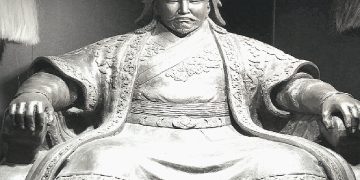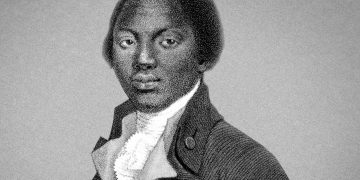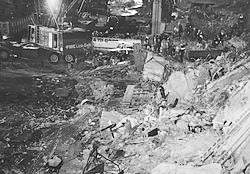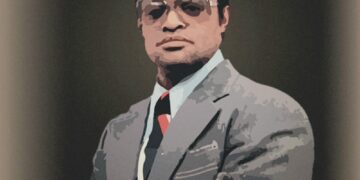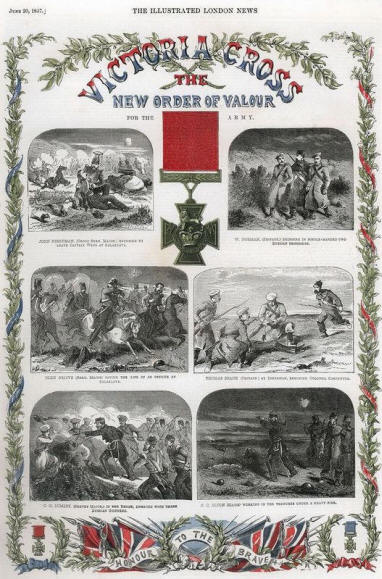The Victoria Cross is the highest medal in Britain awarded for acts of bravery in battle.
The Crimean War 1853-1856 was the first war to be covered in detail by British war correspondents writing for the daily newspapers. As a result the public had a much greater knowledge of the conditions, battles and acts of bravery than ever before. The newspapers frequently carried stories of heroic acts of bravery.
Although there were medals that could be awarded to the higher ranks there was no medal that could be awarded for acts of bravery irrespective of rank. It was decided that such a medal should be introduced and on 29th January 1856 Queen Victoria signed the document officially inaugurating the new medal which would be called The Victoria Cross.
The design for the new medal was selected by Queen Victoria and it was decided that it should be made from bronze. The medal takes the form of a cross with a lion and crown in the centre with the inscription ‘For Valour’ underneath. The original specification was that the ribbon would be red for army recipients and blue for naval recipients but the blue ribbon was abolished in 1918.
An award ceremony was held in Hyde Park on 27th June 1857 for the eighty five recipients of the award chosen from those who had served during the Crimean War. The picture (left) shows a page from the Illustrated London News dated 27th June 1857 depicting the award and showing pictures and captions of the acts of bravery carried out by six of the recipients. Queen Victoria personally awarded the medals to the sixty-two recipients present. The remainder were unable to attend as they were serving overseas at the time.
In 1867 eligibility for the award was extended to British colonial troops.



